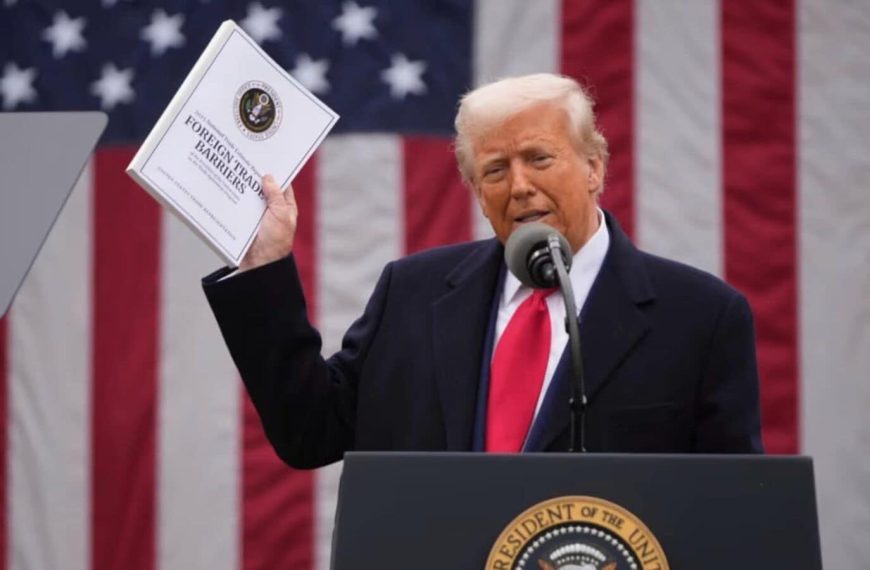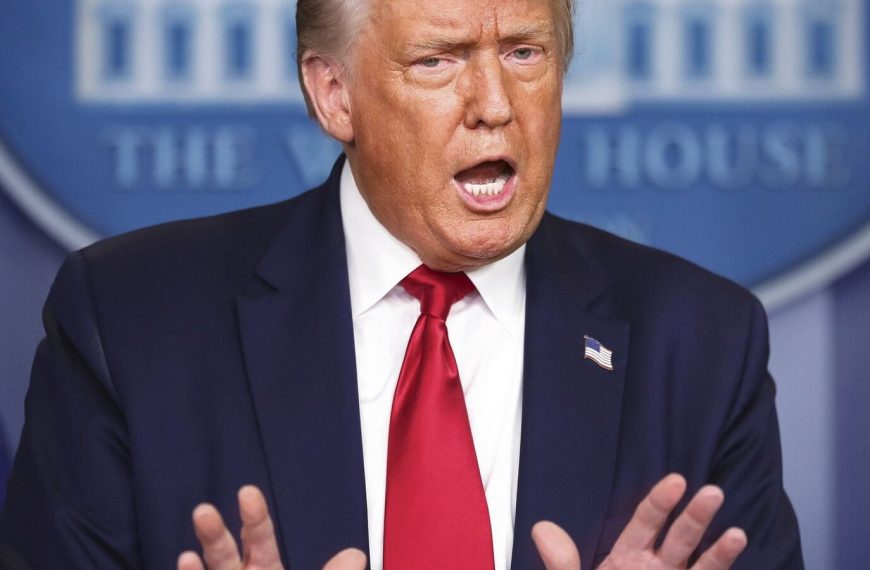The recent decision by U.S. President Donald Trump to impose higher reciprocal tariffs on several nations—including China, Vietnam, Taiwan, Thailand, and Bangladesh—opens a significant door for India to enhance its standing in global trade and manufacturing. According to Ajay Srivastava, the founder of GTRI, this shift not only presents challenges but also unique opportunities for Indian businesses to capitalize on a changing landscape.
Understanding the New Tariff Structure
India’s goods will encounter a 25% tariff on certain categories such as steel, aluminum, and automotive products. However, there are no tariffs on crucial sectors like pharmaceuticals, semiconductors, copper, and energy products. For other items, a 27% reciprocal tariff will apply, slightly higher than prior reports suggested.
- Tariff Breakdown:
- 25% on steel, aluminum, and automotive goods
- 27% on remaining products
- No tariffs on pharmaceuticals, semiconductors, copper, and energy products
A Competitive Edge for India
While India faces a 27% tariff, the U.S. has set significantly steeper tariffs on goods from other countries: 54% for China, 46% for Vietnam, 37% for Bangladesh, and 36% for Thailand. This relatively lower tariff for Indian goods offers a competitive advantage, especially in sectors like textiles and garments.
Opportunities in Textiles and Garments
The textile sector is poised for growth, as high tariffs on Chinese and Bangladeshi textile exports create a favorable environment for Indian manufacturers. This scenario allows Indian businesses to capture more market share, attract new production setups, and boost exports to the U.S. Srivastava emphasizes that the textile industry stands to benefit significantly from this trade shift.
- Textile Industry Prospects:
- Increased market share for Indian manufacturers
- Attraction of relocated production facilities
- Boost in exports to the U.S.
The Electronics Sector on the Rise
The electronics industry, particularly in telecommunications and smartphones, is another area ripe for growth. With Vietnam and Thailand facing hefty tariffs, they could lose their cost advantages. India, bolstered by government initiatives like the Production-Linked Incentive (PLI) scheme, can emerge as a favored destination for electronics manufacturing.
Semiconductor Industry Potential
The semiconductor sector also holds immense potential. With a 32% tariff on Taiwan, companies may consider relocating segments of their operations to India, provided the necessary infrastructure and policy support are in place. This shift could further cement India’s role in global supply chains.
Conclusion: A New Era for Indian Manufacturing
In summary, the recent changes in U.S. trade policies may serve as a catalyst for India, attracting investments in critical industries and enhancing its position in global supply chains. As opportunities unfold, Indian manufacturers are well-positioned to seize the moment and drive growth in sectors like textiles, electronics, and semiconductors.











